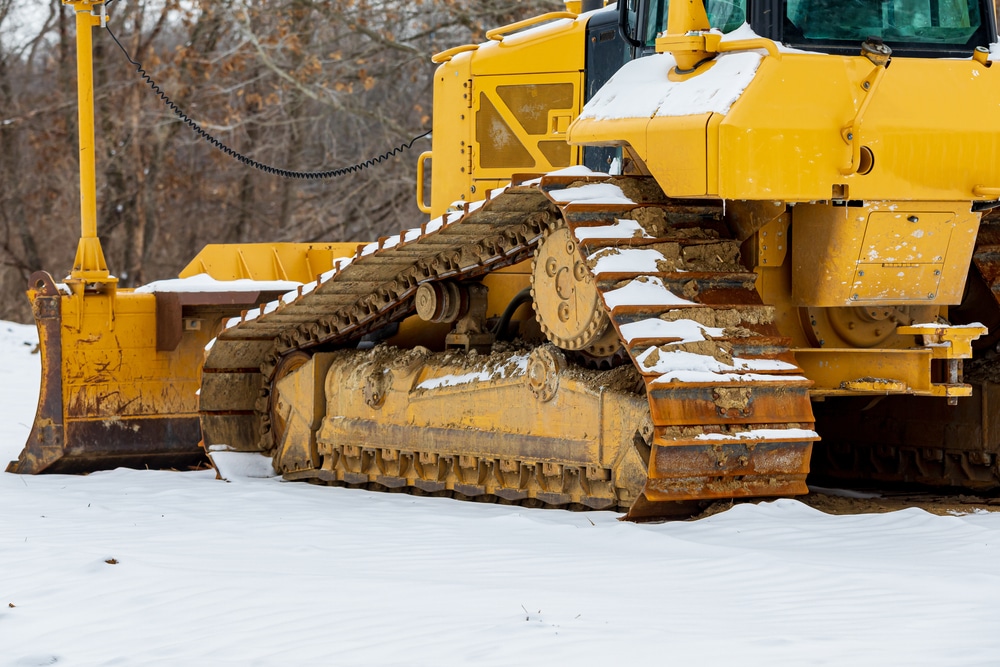Severe weather conditions can be detrimental to job sites, placing additional strain on construction employers. While there’s no way to completely safeguard worksites from the elements, there are measures that can be taken to reduce the risks posed by extreme weather events. Such weather can come in many forms, each of which require their own preparations in order to protect job sites. Before preparing their worksites, it’s important for construction employers to understand the severe weather conditions most likely to affect them, which can vary based on season and location. Possible extreme weather conditions can be broken down into the following general exposures:
- Winter elements– Winter weather brings its own unique set of risks, many of which don’t require storms to pose threats to job sites and employees. To protect against winter conditions, construction employers should clear snow and ice from all pathways, and apply sand or salt when necessary. It may be best to hire contractors to perform these duties. Additionally, construction employers should require all employees to wear high-traction footwear to prevent slipping; monitor temperatures to keep exposed water systems from freezing; and provide warming stations and hot drinks to employees to prevent hypothermia, trench foot and frostbite.
- Strong winds– High winds can bring unwanted debris into job sites, throw equipment around and, in extreme cases, even compromise the integrity of nearby structures. To prepare for strong winds, construction employers should store and secure loose worksite materials, equipment and signage, and brace framing and anchor walls to structural frameworks as soon as they are built. As it pertains to machinery, such as cranes and vehicles, construction employers should follow manufacturer guidelines for proper use and storage, and avoid having employees operate this equipment amid high winds.
- Heavy rain and flooding– Water can be one of the most damaging elements to any job site. Worksites with incomplete drainage may become flooded, and heavy rain can damage unprotected electrical equipment. To prepare for heavy rain and flooding, construction employers should create and maintain temporary drainage systems in any areas that might be especially susceptible to flooding, and refrain from installing finished elements, such as flooring and drywall, until windows, doors and roofing have been waterproofed. If necessary, temporary roofing should be leveraged when the installation of permanent roofing may be delayed.
Above all, construction employers should prepare for all forms of severe weather by developing and educating employees on emergency action plans to be followed amid unsafe conditions. Such plans should be as detailed as possible, easily accessible and well-practiced. These plans should identify weather-related exposures to worksites, equipment and workers, as well as address how to minimize these exposures. Experienced employees should be in charge of managing these plans and updating them as needed. Need an emergency action plan template? Contact us today via the form below or email your Van Wyk client manager directly.
Be sure to follow us on LinkedIn and like us on Facebook for more industry news and tips!
Related Links:

